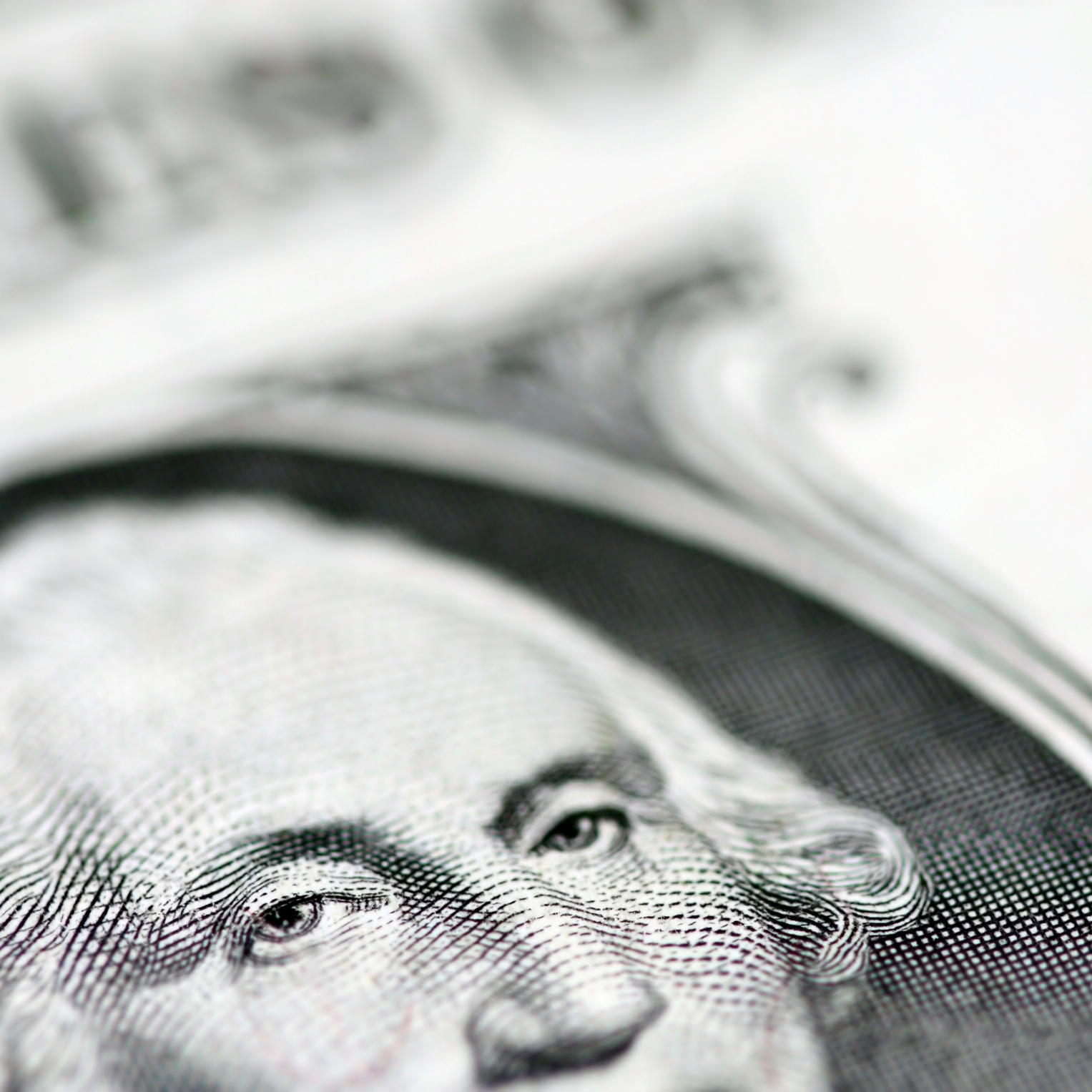
The Federal Reserve had targeted 2.0% to 2.5% inflation for years, and now 2.0% inflation is most frequently cited as the long-term goal. Financial markets have been spooked into thinking that inflation coming in very much above 2.0% would spur additional unexpected rate hikes by the U.S. Federal Reserve. All of a sudden, inflationary fears may be turning into a view that inflation is entering the sweet spot for policymakers.
Tuesday’s economic report calendar was dominated by the Consumer Price Index (CPI) for February released by the U.S. Department of Labor. The monthly readings of 0.2% for both the nominal CPI and core CPI were right in line with expectations.
Where the report looked favorable was in the annualized readings. This is also where the Federal Reserve and other economists make their opinions for inflation. The headline CPI reading of 2.2% in February was basically in line with expectations, but removing the food and energy components for a core annualized inflation reading of 1.8% was the victory. The energy index increased 7.7% and the food index rose by 1.4%.
The 1.8% core annual reading was under the Bloomberg consensus estimate of 1.9% and remains under that 2.0% threshold being targeted by the Fed.
What matters here is that this more or less continues some of the more muted inflationary pressures that had been seen in hourly wages in February versus January, seen in last Friday’s unemployment and payrolls report.
Less strength in transportation costs contributed, with new car prices and used car prices both dropping. Even costs in wireless phone plans were cited, so those of you who can’t put your smartphone down can keep on playing and living on social media for a tad less money.
Other areas that frequently see price hikes were not showing inflationary pressure in February. The cost for medical care was also down one-tenth of a percent and recreational costs were flat.
Other areas did see price gains in February. These included vehicle insurance, housing and apparel costs. The Labor Department said of annualized inflation:
The index for all items less food and energy rose 1.8 percent over the past 12 months, the same figure as the prior 2 months. The shelter index rose 3.1 percent over the span, and the index for medical care advanced 1.8 percent. Indexes that declined over the past year include communication, new vehicles, airline fares, and used cars and trucks.
In 20 Years, I Haven’t Seen A Cash Back Card This Good
After two decades of reviewing financial products I haven’t seen anything like this. Credit card companies are at war, handing out free rewards and benefits to win the best customers.
A good cash back card can be worth thousands of dollars a year in free money, not to mention other perks like travel, insurance, and access to fancy lounges.
Our top pick today pays up to 5% cash back, a $200 bonus on top, and $0 annual fee. Click here to apply before they stop offering rewards this generous.
Flywheel Publishing has partnered with CardRatings for our coverage of credit card products. Flywheel Publishing and CardRatings may receive a commission from card issuers.
Thank you for reading! Have some feedback for us?
Contact the 24/7 Wall St. editorial team.


